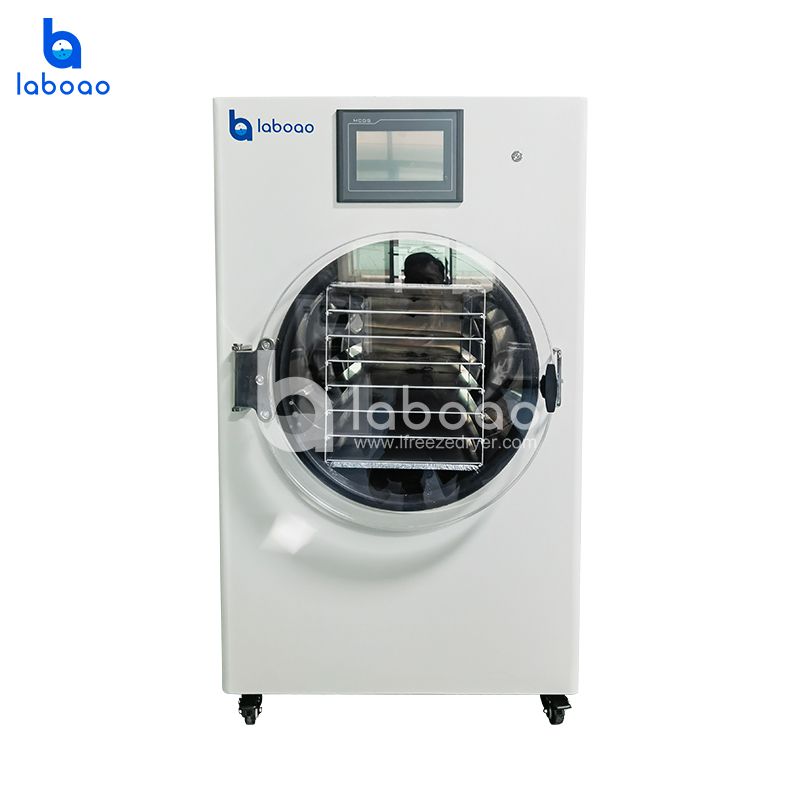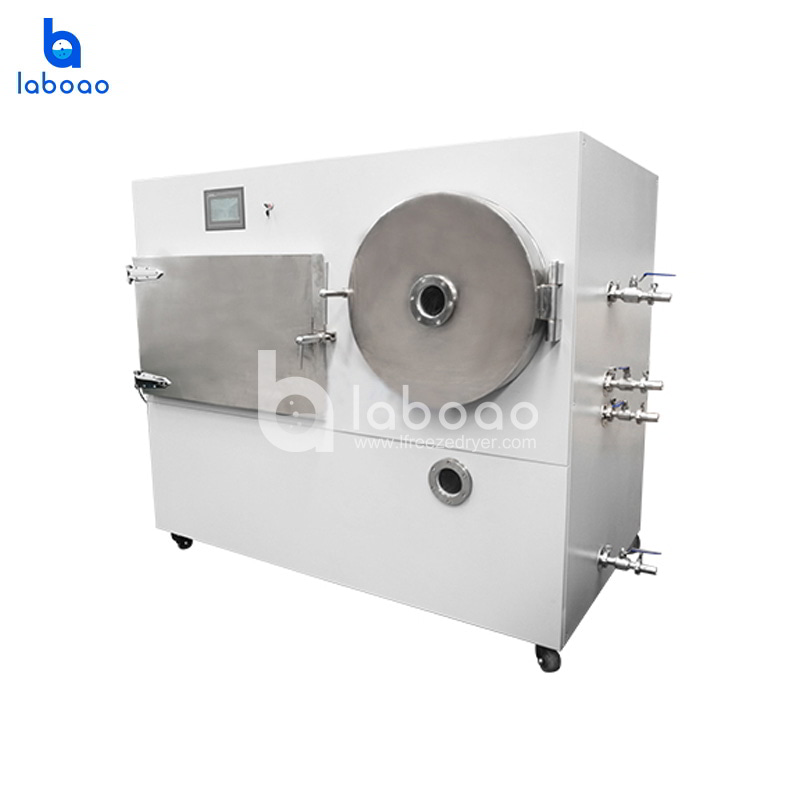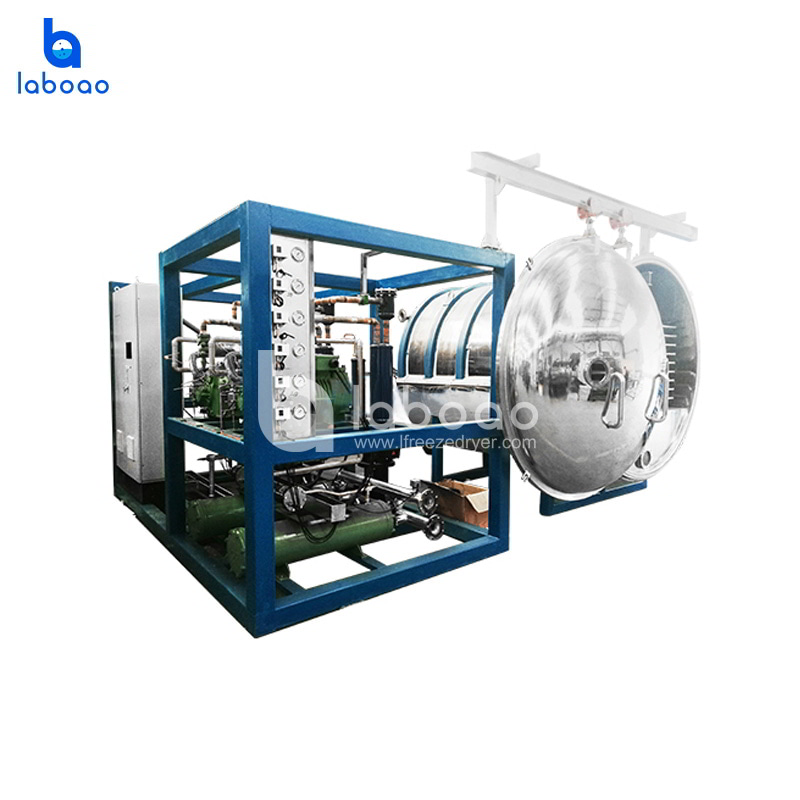
1. The form and composition of the material
According to the form of freeze-dried materials, it is usually divided into solid and liquid. The shape of the solid and the concentration of the liquid have a greater impact on the freeze drying rate.
2. Pre-freezing rate
The size of the crystals formed during freezing greatly affects the drying rate and the dissolution rate of the dried product. The process of quick freezing and slow freezing has the following differences: the ice crystals produced by quick freezing are smaller, and the ice crystals produced by slow freezing are larger. Large ice crystals are good for sublimation, while small ice crystals are not good for sublimation. Fast freezing leads to low sublimation rate and fast desorption rate; slow freezing leads to fast sublimation rate and slow resolution rate.
3. Quantity
When the material is freeze-dried, there is a certain ratio of surface area to material thickness after being packed into the container, that is, freeze drying is related to the filling quantity. The small surface area and thickness are conducive to water sublimation, easy to freeze dry and ideal quality. During drying, the dry wet weight load per unit area of the tray is an important factor in determining the drying time. In general, the thinner the thickness of the material accumulation, the faster the heat and mass transfer speed, and the shorter the drying time. However, if the thickness of the material is thin, there will be less material dried per batch per unit freeze drying area, which is not good for improving the unit freeze drying area and output per unit time.
4. Pressure in the drying chamber
The pressure in the drying chamber affects the rate of heat and mass transfer. As far as mass transfer is concerned, the lower the pressure, the better, and for heat transfer, the higher the pressure, the better. The mass transfer rate is mainly determined by the temperature and pressure of the sublimation interface and the surface of the drying layer. To increase the escape rate of water vapor in the drying layer, one is to increase the temperature of the sublimation interface to increase the interface water vapor pressure; It is to increase the vacuum of the drying chamber and reduce the vapor pressure on the surface of the drying layer.
5. Heat transfer method Heat transfer method
According to the traditional classification, it can be divided into: conduction, convection, thermal radiation and medium heating (microwave heating). Since the process of sublimation drying involves the transfer of heat and quality (water vapor), the heat transfer method used to transfer heat to the material more effectively has a greater impact on the drying rate.





